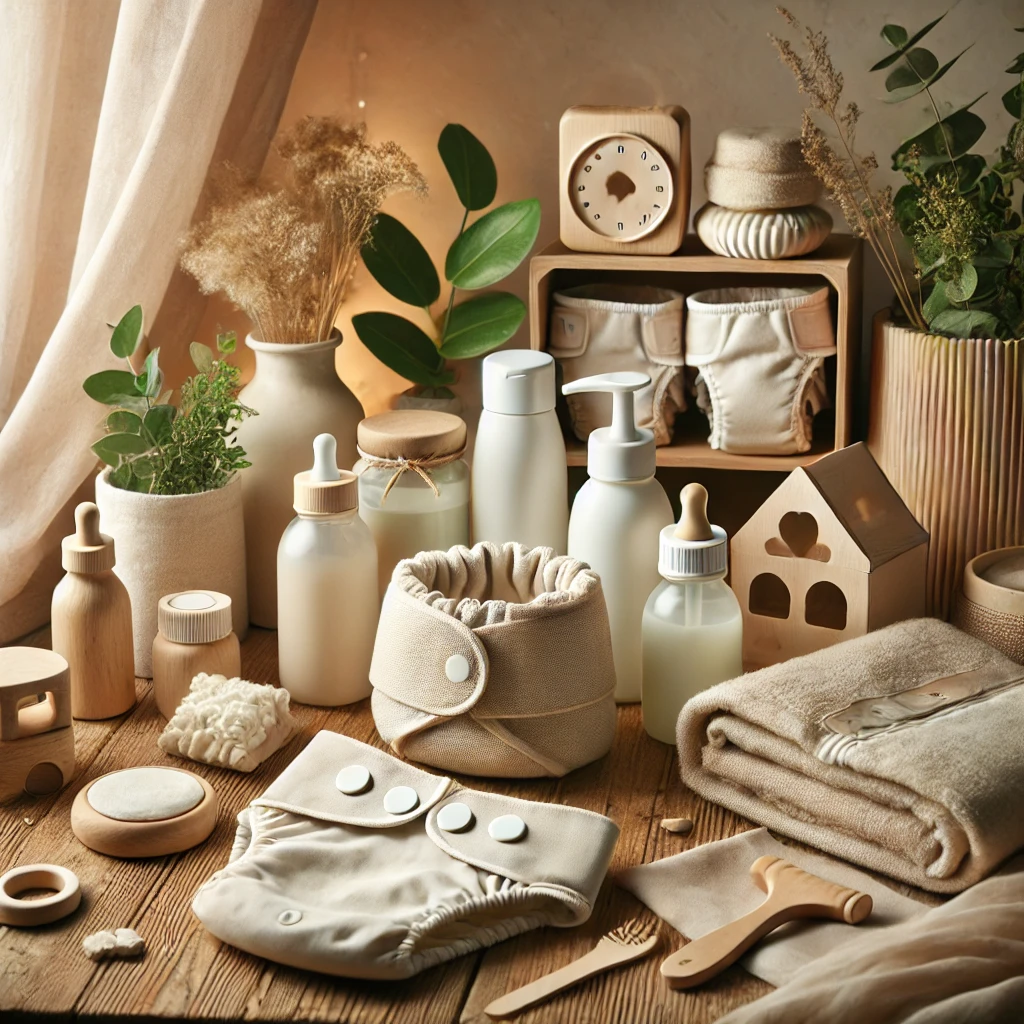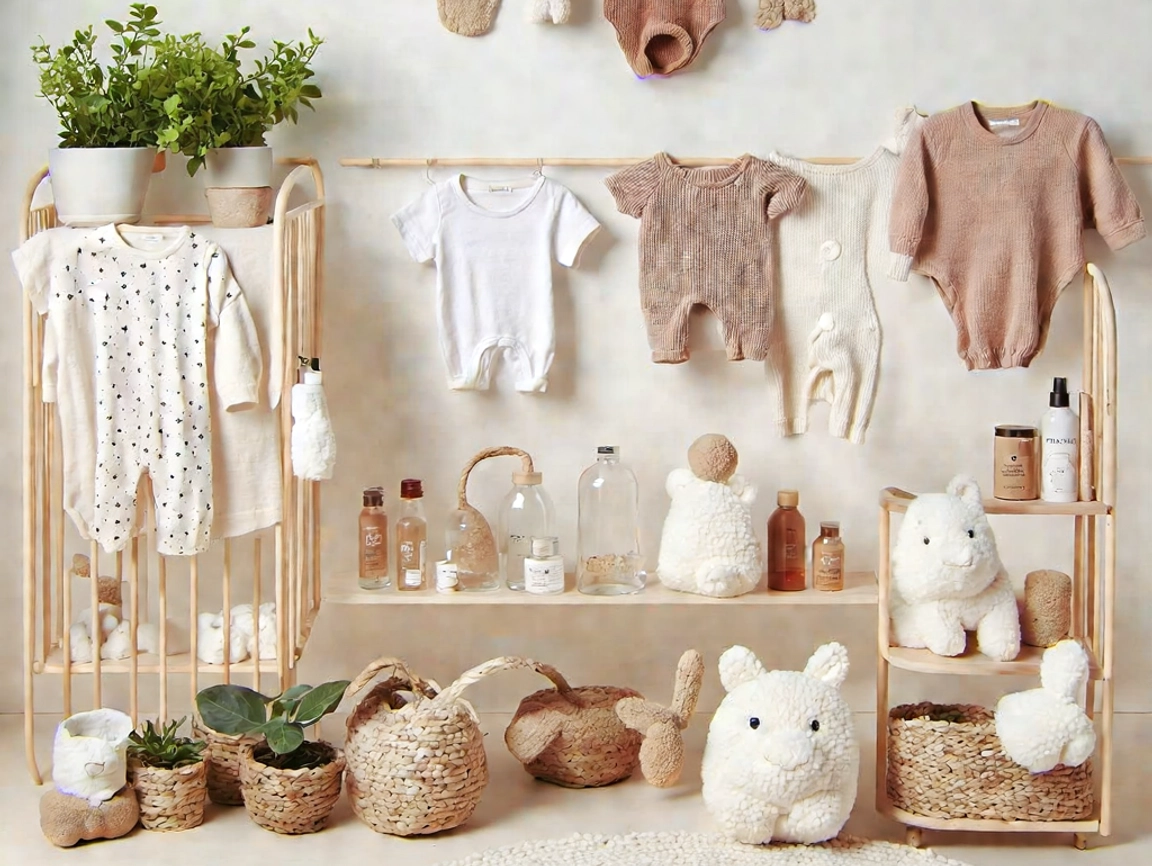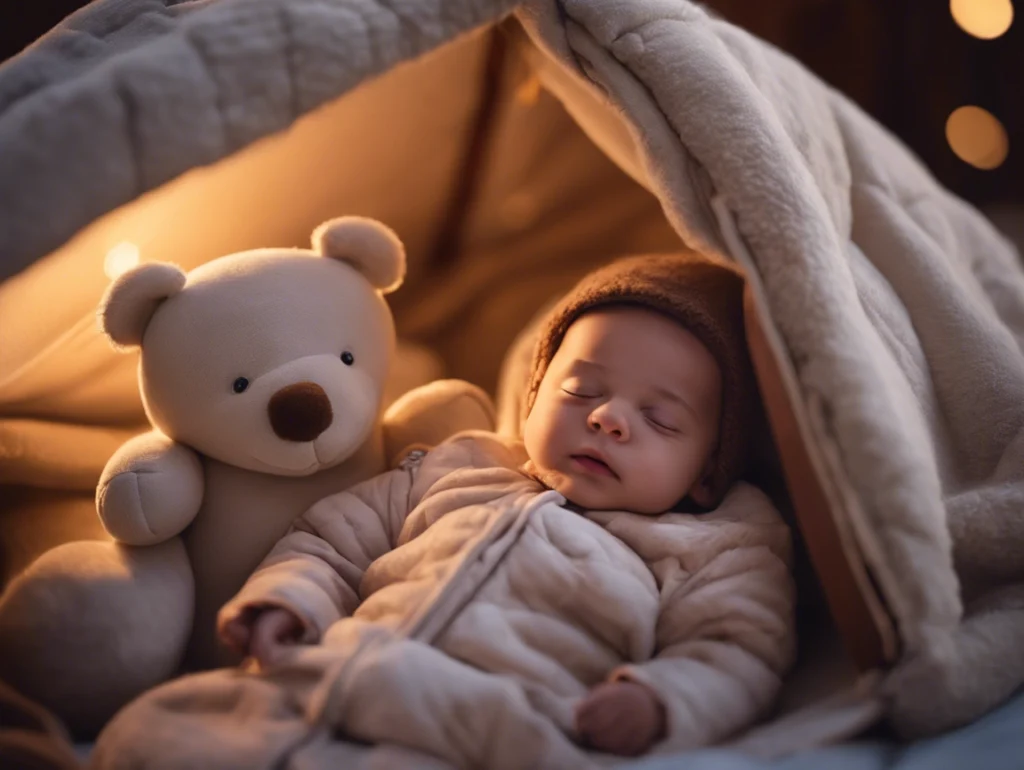When it comes to raising babies, parents have one thing in common: they want the best for their little ones. But here’s the twist: the best isn’t just about safety or quality—it’s increasingly about sustainability. In 2025, sustainable baby products are expected to be more than just a trend—they will be a necessity. But what exactly does this mean for parents, manufacturers, and the planet?
If you’re thinking, “Sustainability? Isn’t that just a passing fad?” Well, think again. Let’s explore how the demand for eco-friendly baby products will evolve in 2025 and why it’s about to become the new normal. Grab your reusable diaper bag (we know you have one) and let’s dive in!

Why Sustainable Baby Products Are On the Rise
Sustainability in baby products is already a hot topic, but it’s going to get even hotter in 2025. Why? Well, there are several key factors driving this change:
- Eco-Conscious Parents : Parents in 2025 will be more aware of environmental issues than ever before. With climate change, plastic pollution, and sustainability at the forefront of global conversations, many will choose products that are kind to the Earth as much as they are to their babies.
- Government Regulations : Governments around the world are starting to crack down on harmful materials like BPA, phthalates, and PVC in baby products. As a result, brands will be required to shift to eco-friendly materials to meet new standards.
- Technological Advances : New, sustainable materials are being developed all the time, making it easier for manufacturers to create baby products that are both safe and eco-friendly. From bamboo fabrics to biodegradable diapers, the possibilities are endless.
- Consumer Demand : Consumers are becoming increasingly vocal about their preferences for sustainable products. In fact, studies show that 75% of consumers are willing to pay more for products that are environmentally friendly.
So, how will all this play out in 2025? Let’s take a look at the key trends and products we can expect to see more of!
Sustainable Baby Products Expected to Dominate in 2025
Here’s what we can expect when it comes to eco-friendly baby gear in 2025:
1. Biodegradable Diapers and Wipes
In 2025, disposable diapers and wipes that are environmentally friendly will be standard fare on baby product shelves. Traditional diapers take centuries to break down, creating a massive burden on landfills. But biodegradable alternatives made from plant-based materials will be much more common by then.
Why this matters:
- Environmental Impact: By switching to biodegradable diapers, parents will significantly reduce the amount of waste their babies create.
- Better for Baby: These products will often be made without harmful chemicals, making them gentler on sensitive baby skin.
| Product Type | Eco-Friendly Features |
|---|---|
| Biodegradable Diapers | Plant-based materials, chemical-free, fast decomposition |
| Wipes | Compostable, natural ingredients (no plastic or synthetic fibers) |
2. Eco-Friendly Baby Clothing and Bedding
By 2025, organic cotton, bamboo, and hemp will be the go-to fabrics for baby clothing and bedding. These materials are not only soft and safe for babies, but they also have a low environmental impact compared to conventional cotton and synthetic fibers.
Why this matters:
- Durable & Safe: These fabrics are breathable and non-toxic, perfect for delicate baby skin.
- Sustainably Sourced: Organic cotton and bamboo use fewer pesticides and require less water to grow.
Expect bamboo baby pajamas and organic cotton crib sheets to become more common.
Eco-Friendly Materials Comparison:
| Material | Benefits for Babies | Environmental Impact |
|---|---|---|
| Organic Cotton | Soft, breathable, hypoallergenic | Requires less water, no harmful pesticides |
| Bamboo | Antibacterial, naturally soft | Grows quickly, minimal water usage |
| Hemp | Durable, naturally resistant to mold | Requires minimal pesticides and water |
3. Sustainable Feeding Products
From baby bottles to feeding spoons, sustainable feeding products are becoming a major focus. BPA-free, phthalate-free, and eco-friendly baby bottles made from glass, stainless steel, and bamboo-based plastics will be standard in 2025.
Why this matters:
- Safe for Baby: Sustainable materials are free from harmful chemicals that can leach into food and drink.
- Long-Lasting: Stainless steel bottles and glass jars are durable and can be reused for years, reducing waste.
Expect to see more products like glass baby bottles and bamboo baby utensils that are both practical and planet-friendly.
Top Sustainable Feeding Brands:
| Brand | Sustainable Products | Why They Stand Out |
|---|---|---|
| Endearing Baby | Bamboo feeding spoons, eco-bottles | Uses bamboo for sustainability and safety |
| Lifefactory | Glass baby bottles | Non-toxic, reusable, eco-friendly packaging |
| Boon | BPA-free, reusable baby gear | Focus on durability and sustainability |
4. Eco-Friendly Baby Gear
From strollers to baby carriers, expect a wave of sustainable, durable, and lightweight products. Recycled fabrics and biodegradable components will become the norm.
Why this matters:
- Long-Lasting: High-quality, eco-conscious gear means less waste over time.
- Versatile: Many of these products will be designed to grow with your child, offering multiple uses and extended lifespans.
In 2025, you’ll see a shift from plastic-heavy strollers to those made with recycled materials, and baby carriers will feature organic fabrics and bamboo inserts.
| Product | Eco Features |
|---|---|
| Strollers | Recycled fabrics, non-toxic finishes |
| Carriers | Organic cotton, bamboo inserts |
| Playards | Sustainably sourced materials, non-toxic paints |
How Can Brands Capitalize on the Sustainability Trend?
If you’re a brand owner or manufacturer looking to ride the wave of sustainability, here are some quick tips:
- Go Green: Use sustainable materials like organic cotton, bamboo, and recycled fabrics in your baby products.
- Get Certified: Obtain certifications for your eco-friendly products (e.g., OEKO-TEX, Global Organic Textile Standard (GOTS)).
- Transparent Marketing: Let parents know about your eco-friendly initiatives and how your products help reduce waste. Parents want to feel good about their purchases!
- Embrace Durability: Design products that are long-lasting, easy to clean, and can be passed down or reused.
Conclusion: A Greener Future for Baby Products
In 2025, sustainable baby products are set to take over the market. From biodegradable diapers to organic baby clothes and eco-friendly feeding gear, the demand will grow as parents become more environmentally conscious.
So, if you’re in the baby product industry or just a parent trying to make the world a better place for your little one, now’s the time to embrace sustainability. Your baby will thank you, and so will the planet!
Interested in eco-friendly baby products? Check out Endearing Baby for some of the most safe, sustainable, and adorable products for your little one


